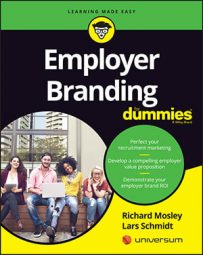- Translate your draft pillar description into a series of more specific claims.
- Test whether the evidence/facts support these claims.
When we say we offer a “strong sense of community” we mean:
- Claim 1: We are a closely interconnected global company where you’re likely to work alongside people from many different parts of the world.
- Proof-point test questions:
- What’s the average diversity by country of origin across our business units?
- What proportion of our employee population have worked in, visited, or communicated with business units outside their home country?
- Claim 2: We encourage people to develop a wide personal network within the organization.
- Proof-point test questions:
- What’s the average number of LinkedIn and Facebook connections people have with other employees in the company?
- What proportion of these connections is outside the employees’ immediate business unit?
- Claim 3: We are a relatively informal company with an open and accessible approach to management.
- Proof-point test questions:
- What proportion of managers sit in an open office environment?
- How often do front-line employees get an opportunity to ask questions directly to members of the leadership team?
You can find the answers to some of these questions by analyzing existing data, but you may need to conduct additional research to answer others. What’s important is that the answers are based on tangible evidence and not wishful thinking, policy statements (which may or may not reflect reality), or isolated examples (which may or may not reflect common experience).

